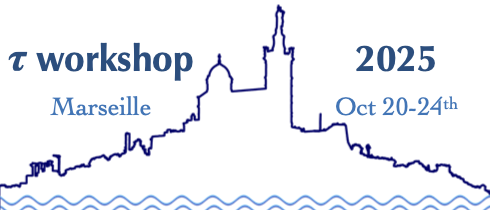Speaker
Description
Separating tracks from cascades in IceCube is critical for precision oscillation measurements and tau-appearance searches, yet sparse hit patterns at lower energies limit the reach of standard topology-based methods. We address this challenge with WavePID, a new variable engineered based on the timing profile of single-DOM waveforms at 5-100 GeV, inspired by earlier PID results in water-Cherenkov detectors around 2-8 GeV (e.g., Fermilab‘s FNAL-1267 experiment). We probe the data-generating process by exploring photon arrival time distributions with Geant4 simulations and evaluate the impact of this novel PID variable on IceCube DeepCore Monte Carlo and data. We find hints that could lead to track-cascade discrimination based on the pulse timing that is most pronounced for neutrino energies above 20 GeV and for hits with a small distance between the reconstructed event vertex and theDOM. This suggests that low-level waveform timing could be a valuable additional tool in IceCube for hits with an event vertex close to the DOM. This motivates a deeper investigation of the potential to improve IceCube reconstructions based on this PID observable.
